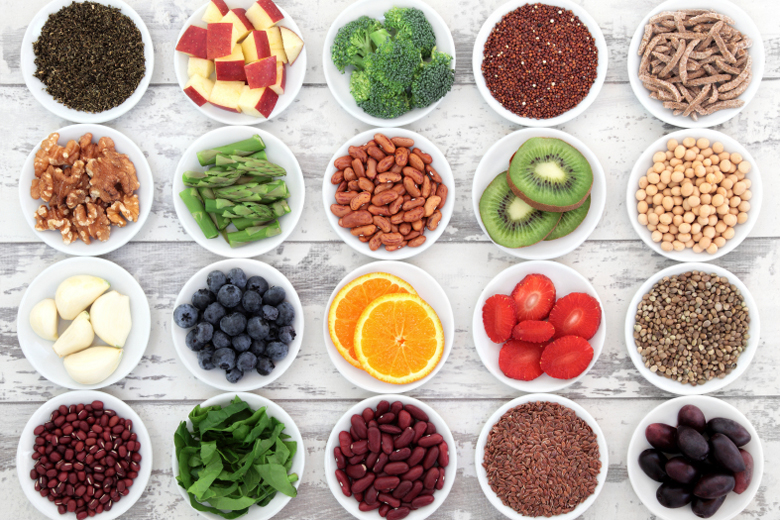Vegans and Vegetarians – bridging the protein gap for kids.

Vegetarian and Vegan food choices are becoming something of a standard in the camp world. Many camp kitchens run into the problem of how to bridge the protein gap and deliver a rounded meal that fully nourishes the children and staff that have these dietary needs.
The body needs protein if you are not getting from meats. Proteins are known as the building blocks of life and they break down into amino acids that promote cell growth and repair. Although meat, eggs, and dairy are high in protein content, they can also be high in saturated fat an cholesterol. There are plenty options for our Vegetarians and Vegans that we can offer at camp to satisfy their appetite and provide the nutritional value needs to sustain a healthy and active lifestyle even when away from home.
Here are some foods that really help bridge that protein gap:
Green Peas. Foods in the legume family are good sources of vegetarian protein and peas are worth their weight in protein: One cup contains 7.9 grams—about the same as a cup of milk. Try blending peas into a pesto using green peas, pine nuts, fresh basil, olive oil and Parmesan cheese served over any type of pasta.
Beans. So many different beans to choose from – black, pinto, white, kidney and they all are packed with protein. Two cups of kidney beans contain about 26 grams – more than 3 cups of milk! Here is a great vegan baked beans recipe that we love!
Chia Seeds. They are an easy way to add protein to your meal. They contain about 4.8 grams per ounce of protein and can be added to many things. You can sprinkle them on salads, blend them in smoothies, and even put them on some dairy free yogurt. Here’s a trick - they plump up and take on a gelatinous texture when soaked in a liquid, forming a rich and creamy pudding-like treat.
Quinoa. Technically a seed, it contains more than 8 grams per cup of protein and comes across as a grain. It also contains nine essential amino acids that the body needs for growth and repair, but doesn’t produce them on its own. On top of those benefits, it’s a versatile option being added to soup or chilli, or even served with cinnamon and fresh fruit at breakfast. Here is a Quinoa and Black Beans recipe that goes a long way.
Tempeh or Tofu. Foods made from soybeans are some of the highest vegetarian sources of protein: Tempeh and tofu contain about 15 and 20 grams per half cup, respectively. They are nutritious and versatile when it comes to adding flavor to them. You can get soft or firm tofu that can be used for different applications and also stand in for meats. Here is a baked tofu recipe that is a crowd pleaser at camp.
Bridging the gap can be a challenge in many ways, but let’s face it – challenges are good and these dietary needs are not going away anytime soon. Utilizing these items to bridge the protein gap will go a long way coupled with an extensive salad bar offering thus allowing Vegans and Vegetarians to enjoy a well balanced diet while at camp.
